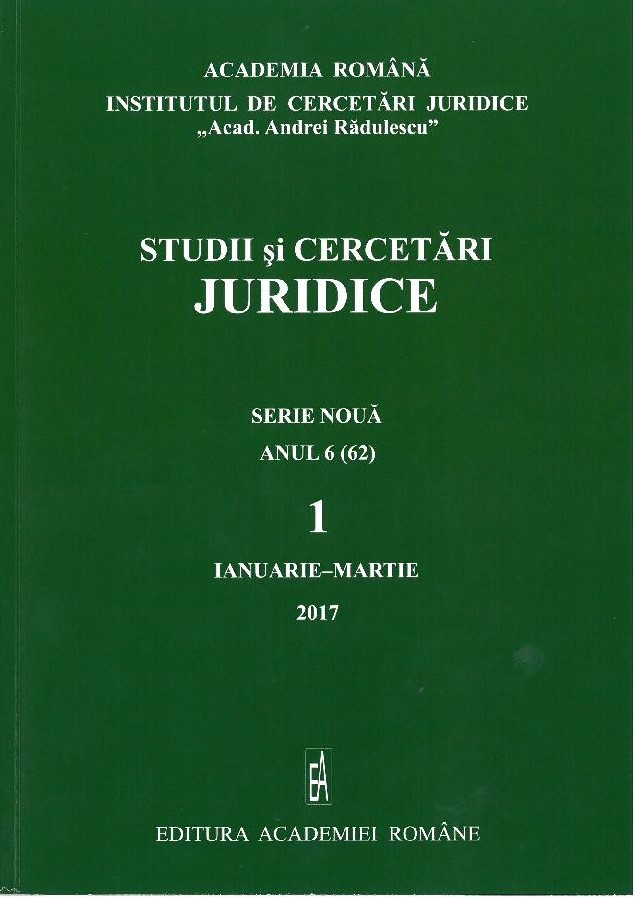Dezvoltarea istorică și evoluția legislației româneşti privind conservarea naturii și protecția mediului
Historical development and evolution of Romanian legislation on nature preservation and environmental protection
Author(s): Mircea DutuSubject(s): Law, Constitution, Jurisprudence
Published by: Editura Academiei Române
Keywords: medieval law; law on natural monuments; planned development period; transition; adhesion to the EU; creation of the environmental law; fundamental principles; simplification; codification; Code of the
Summary/Abstract: In its historical development, Romanian legislation on nature preservation and environmental protection has known various stages, starting with precursory the regeneration and maintenance of natural elements such as forests, in the medieval law, and continuing with the apparition and affirmation of the concerns regarding the identification and preservation of representative natural samples at the end of the XIXth century, the adoption of the first law on natural monuments (1930) and the creation of the first natural park – Retezat – in 1936, the integration of the nature preservation concerns in the conception of the planned development specific to the 1947-1989 period, the gradual creation of environmental law, starting with the first law in the field, of 1973, the post-1990 transition and the challenges of Euro-Atlantic integration, especially the adhesion to the EU (2007). Following such qualitative and quantitative developments, and a qualitative structuring, the present environmental legislation (constituting of around 300 acts), having the necessary constitutional grounds, has known the impact of EU and the influences of globalization. The directing lines of evolution and its contents are greatly determined by the transposition of EU environmental law, generating 75-80% of national regulations. The concerns on its modernization regard the simplification of the regulations and their rational systemization by codifying, possibly by elaborating and adopting a Code of the Environment. Under the influence of the case law of the Constitutional Court and the impulse of the doctrine, it is envisaged to legally consecrate the principle of non-regression in environmental law.
Journal: Studii și Cercetări Juridice – Serie Nouă
- Issue Year: 2017
- Issue No: 1
- Page Range: 2-33
- Page Count: 27
- Language: Romanian

